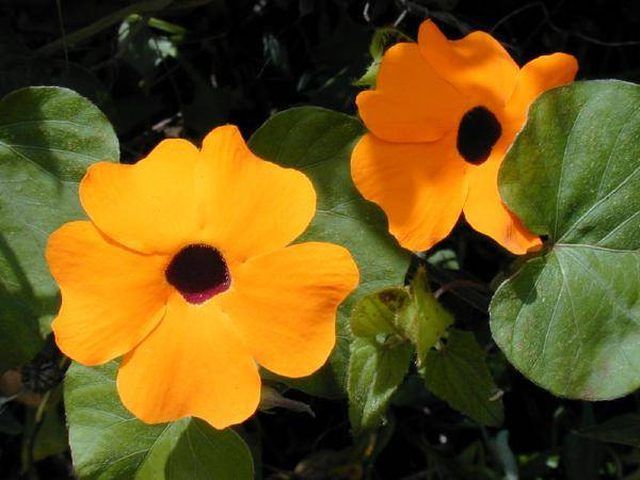Bulbs
Flower Basics
Flower Beds & Specialty Gardens
Flower Garden
Garden Furniture
Garden Gnomes
Garden Seeds
Garden Sheds
Garden Statues
Garden Tools & Supplies
Gardening Basics
Green & Organic
Groundcovers & Vines
Growing Annuals
Growing Basil
Growing Beans
Growing Berries
Growing Blueberries
Growing Cactus
Growing Corn
Growing Cotton
Growing Edibles
Growing Flowers
Growing Garlic
Growing Grapes
Growing Grass
Growing Herbs
Growing Jasmine
Growing Mint
Growing Mushrooms
Orchids
Growing Peanuts
Growing Perennials
Growing Plants
Growing Rosemary
Growing Roses
Growing Strawberries
Growing Sunflowers
Growing Thyme
Growing Tomatoes
Growing Tulips
Growing Vegetables
Herb Basics
Herb Garden
Indoor Growing
Landscaping Basics
Landscaping Patios
Landscaping Plants
Landscaping Shrubs
Landscaping Trees
Landscaping Walks & Pathways
Lawn Basics
Lawn Maintenance
Lawn Mowers
Lawn Ornaments
Lawn Planting
Lawn Tools
Outdoor Growing
Overall Landscape Planning
Pests, Weeds & Problems
Plant Basics
Rock Garden
Rose Garden
Shrubs
Soil
Specialty Gardens
Trees
Vegetable Garden
Yard Maintenance
How to Care for Thunbergia
How to Care for Thunbergia. Thunbergia is a flowering vine that quickly covers a fence or trellis. There are several species, but the most common is orange and black black-eyed Susan vine, and the sky dancer vine that produces showy blue or white flowers amid cascading heart-shaped foliage. Grown in containers or on a wall, thunbergia trails...

Thunbergia is a flowering vine that quickly covers a fence or trellis. There are several species, but the most common is orange and black black-eyed Susan vine, and the sky dancer vine that produces showy blue or white flowers amid cascading heart-shaped foliage. Grown in containers or on a wall, thunbergia trails beautifully, covering a wide area. These easy-to-care-for vines are ideal for creating a privacy screen or simply providing a lush green backdrop for other flowers.
Things You'll Need
Organic soil amendments
Water-soluble fertilizer
Pruning shears
Select a sunny location that receives direct sunlight for six or more hours a day. Afternoon shade is fine as long as the area receives adequate morning light.
Plant in soil that is high in organic material, as thunbergia thrives in rich soil that retains water well. Amend existing soil with generous amounts of compost or well-rotted manure to improve texture and assist in retaining moisture.
Keep the soil moist. Allowing soil to dry slightly between waterings is fine, but soil that dries out completely will cause wilting and leaf burn. Monitor thunbergia closely for any signs of lack of water.
Deadhead spent blooms regularly to encourage the plant to produce new blooms. If allowed to go to seed, it will cease blooming, but if deadheaded regularly, the plant will bloom for prolonged periods.
Fertilize with ? strength water-soluble fertilizer every two weeks during blooming to maintain the blooms' size and color.
Trim or prune lightly to maintain shape, or to train the vine to grow in the direction you choose.